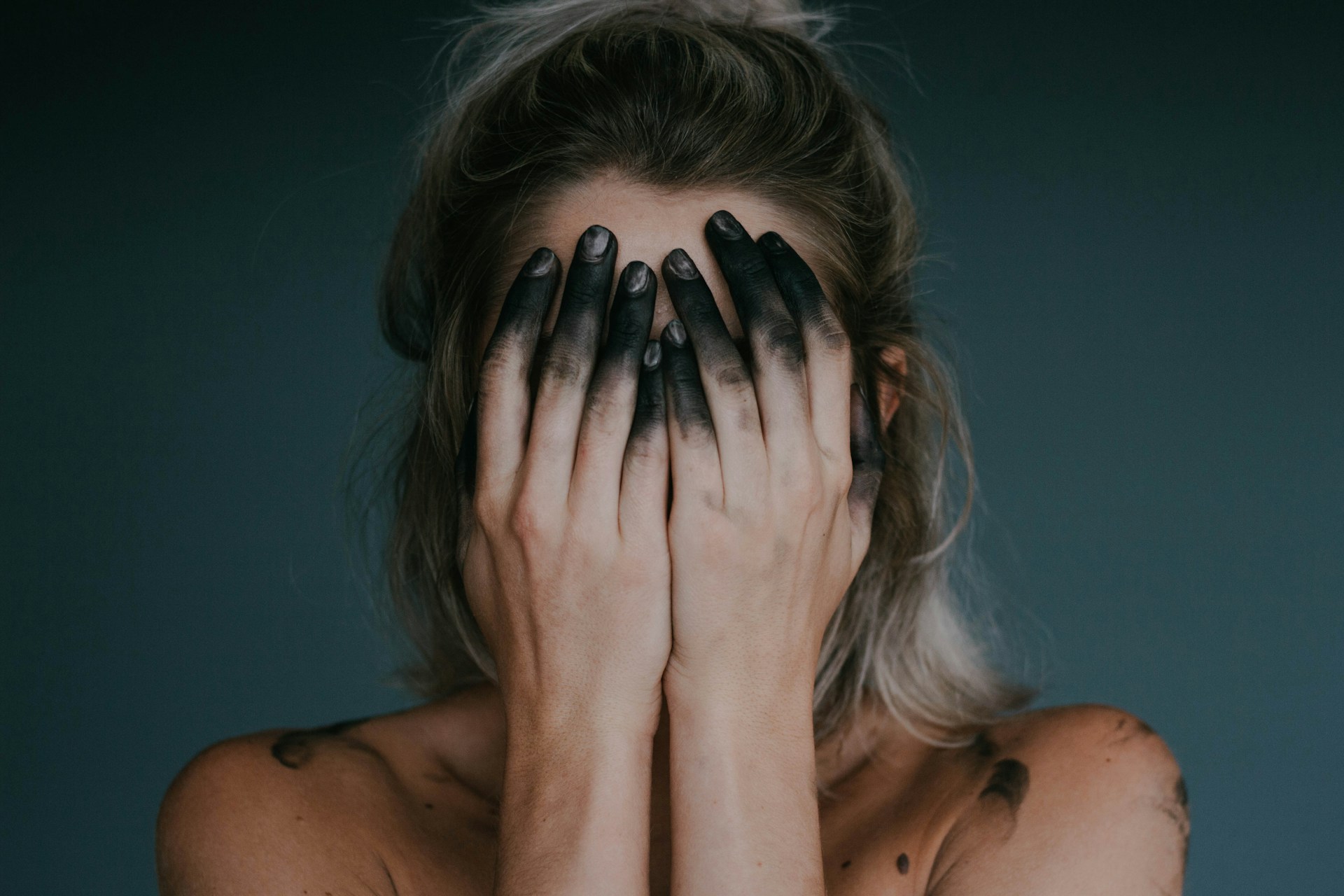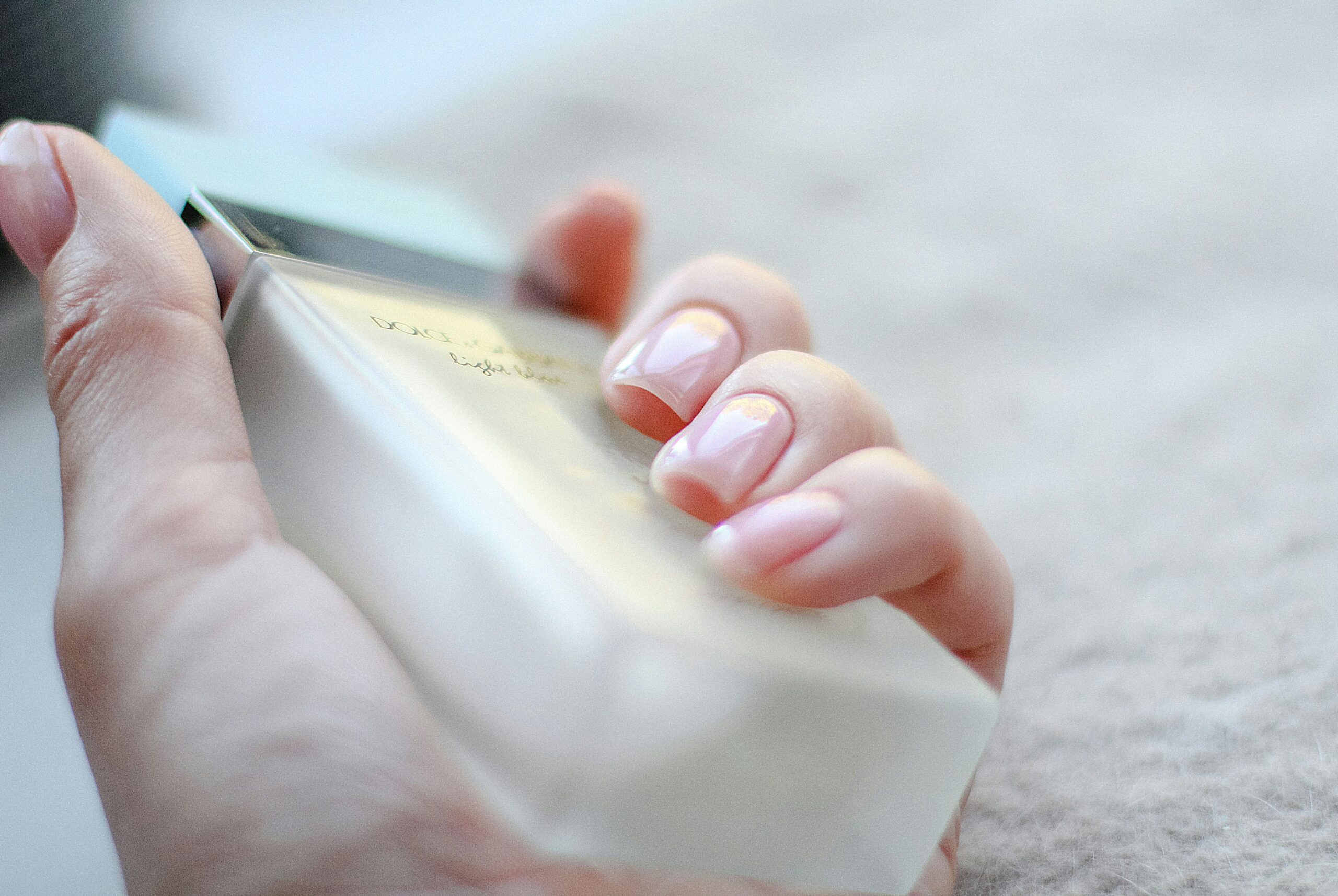Are you a nail enthusiast looking to up your nail care game with a nail drill? One essential component to consider is the nail drill bit. In this comprehensive guide, we will explore the different types of nail drill bits available, including carbide, diamond, ceramic, and sanding bands.
We will also discuss whether all nail drill bits fit all drills, considerations when choosing nail drill bits, proper care and cleaning techniques, safety precautions, and whether regular drill bits can be used for nails. Stay tuned to learn everything you need to know about nail drill bits!
What Is a Nail Drill Bit?
A nail drill bit is an essential tool used in manicure and pedicure services to shape, grind, and groom nails efficiently and precisely.
These bits come in various shapes and sizes to cater to different nail care needs, such as removing calluses, smoothing rough edges, and creating intricate nail designs. Nail technicians rely on high-quality drill bits to streamline their work and achieve professional results, while DIY enthusiasts appreciate the versatility and convenience these bits offer for at-home nail maintenance.
Whether you’re looking to maintain a classic French manicure or experiment with bold nail art, having the right drill bits in your nail care kit can make all the difference in achieving the perfect look.
What Are the Different Types of Nail Drill Bits?
Nail drill bits come in various types such as carbide, diamond, ceramic bits, and sanding bands, each serving specific purposes in nail care procedures.
- Carbide bits are known for their durability and strength, ideal for quickly removing gel or acrylic enhancements.
- Diamond bits, on the other hand, are excellent for precision work and detailed designs due to their sharpness.
- Ceramic bits are gentle on the nails, making them perfect for natural nail maintenance and cuticle care.
- Sanding bands are versatile and can be used for shaping, smoothing, and buffing the nails, providing a finishing touch to the overall nail service.
Carbide Nail Drill Bits
Carbide nail drill bits are renowned for their durability and efficiency in grinding and shaping nails, thanks to their use of high-quality abrasive materials for a smooth finish.
These qualities make carbide bits a popular choice among professionals in the beauty industry, especially for nail technicians in salons. The exceptional strength of carbide ensures a longer lifespan compared to traditional steel bits, saving both time and money in the long run.
The efficient grinding ability of carbide bits allows for precise shaping of nails, creating flawless results that clients appreciate. Salon equipment equipped with carbide nail drill bits can deliver consistent and high-quality nail services, contributing to customer satisfaction and loyalty.
Diamond Nail Drill Bits
Diamond nail drill bits are known for their precision and quality, providing a smooth finish that meets industry standards for nail care services.
The superior precision of diamond bits ensures that nail technicians can achieve precise shaping and detailing with ease. Their high-quality construction allows for a seamless experience, reducing the risk of chipping or damaging the nails during the drilling process. Professional nail technicians rely on diamond bits for their exceptional durability and longevity, which ultimately saves time and money in the long run. By investing in top-notch tools like diamond nail drill bits, technicians can elevate their services and deliver flawless results that prioritize the health and beauty of their clients’ nails.
Ceramic Nail Drill Bits
Ceramic nail drill bits are valued for their versatility and ease of maintenance, making them a convenient choice for nail care professionals requiring frequent bit replacements.
These durable ceramic bits are designed to withstand continuous use, offering nail technicians a reliable tool that lasts longer than traditional metal alternatives. The smooth surface of ceramic bits helps prevent heat build-up, reducing the risk of damaging the natural nail or causing discomfort to the client. Ceramic bits are known for their precision and efficiency, allowing technicians to achieve precise shaping and filing with ease. In the long run, investing in ceramic nail drill bits proves to be cost-effective as they require less frequent replacements, saving both time and money for busy professionals in the nail care industry.
Sanding Bands
Sanding bands are versatile accessories that are interchangeable on nail drill machines, offering nail technicians the flexibility to switch between different grit levels for various nail care procedures.
This feature enables nail technicians to easily customise their nail grooming routine based on the specific needs of each client. With sanding bands, professionals can efficiently shape, refine, and smooth the nails, resulting in a professional and polished look. The ability to choose from a range of grit levels ensures that technicians can tackle different tasks such as filing, buffing, or even removing acrylic nails with precision and ease. Sanding bands play a crucial role in enhancing the efficiency and quality of nail services provided by technicians.
Do All Nail Drill Bits Fit All Drills?
Not all nail drill bits are universally compatible with all drills due to variations in standard shank sizes, which can lead to compatibility issues between different brands and models.
This lack of uniformity among shank sizes poses a significant challenge for nail technicians and DIY enthusiasts who may switch between different drill brands or models.
When the shank size of a nail drill bit does not match the chuck size of the drill, it can result in a loose fit, causing vibrations and potential safety hazards during use.
Ensuring that the nail drill bits and drills have compatible shank sizes is essential for stable performance, precision, and safe operation.
Standard Shank Size
Standard shank sizes play a crucial role in nail care equipment, ensuring versatility and ease of use across different nail drill machines and accessories.
By adhering to these standard sizes, nail technicians and manicurists can seamlessly switch between various drill bit, sanding bands, and other attachments without compatibility issues. This not only saves time but also eliminates the need for multiple specialised tools, making the overall nail care process more streamlined and efficient. Having standardised shank sizes promotes uniformity and consistency in the industry, allowing professionals to confidently invest in a range of equipment knowing that they will work harmoniously together.
Compatibility with Different Brands of Drills
Ensuring compatibility with different brands of drills requires thorough market research to identify the specific specifications and requirements of various models.
Understanding the unique features and design elements of each drill is crucial in selecting the appropriate nail drill bits to ensure seamless integration and optimal performance. Market research helps in determining the size and type of shanks, the compatibility of different materials, and the speed and torque requirements of the drills.
Staying informed about industry standards and advancements is essential to stay ahead in the ever-evolving nail care market and to cater to the diverse needs of professionals and enthusiasts alike.
What Should You Consider When Choosing Nail Drill Bits?
When selecting nail drill bits, it is essential to consider factors such as the intended purpose of use, the material of the bit, and the appropriate grit level for optimal performance.
Different nail drill bits designed for specific tasks. Some being ideal for shaping and filing. While others better suited for removing gel or acrylic nails. Understanding the material composition is crucial as it determines the durability and how effectively the bit will cut through nails. Selecting the right grit level is important for achieving the desired finish without causing damage or discomfort. By carefully assessing these factors, both professionals and DIY enthusiasts can enhance their nail care routines and achieve salon-quality results.
Purpose of Use
Considering the purpose of use is critical when selecting nail drill bits, as different tasks like grooming, manicure, or pedicure require specific bit types for optimal results.
For instance, a fine-grit sanding band would be ideal for gentle buffing and shaping during a manicure, ensuring a smooth and polished finish. On the other hand, a diamond bit would work wonders for more intricate designs or cuticle work. By utilising purpose-specific bits tailored to each task, professionals can achieve precision and efficiency in their nail treatments, elevating the overall quality of their work. Ultimately, investing in a range of nail drill bits designed for different purposes can significantly enhance the outcome of nail care procedures and contribute to a seamless professional finish.
Material of the Bit
The material composition of the nail drill bit significantly impacts its efficiency, durability, and adherence to industry standards for quality nail care.
When selecting high-quality materials for nail drill bits, one must consider factors such as the hardness, heat resistance, and corrosion resistance of the material. Durable materials like tungsten carbide are known for their exceptional hardness. Efficient and precise nail shaping. Materials with good heat resistance help prevent overheating during extended use, thus prolonging the lifespan of the drill bit. By using superior materials, professionals can maintain consistent performance, meet industry standards, and ultimately enhance customer satisfaction with their nail services.
Grit Level
Selecting the appropriate grit level in nail drill bits is crucial for achieving precision in shaping and grinding nails, with speed settings playing a key role in controlling the outcome.
Grit levels in nail drill bits determine the coarseness or fineness of the abrasive material used, impacting the efficiency of nail shaping and grinding. Lower grit levels are more abrasive and are suitable for removing thicker layers of nail enhancements, while higher grit levels provide a smoother finish for refining and polishing nails.
By adjusting the speed settings on the nail drill, users can tailor the intensity of the grit level to ensure optimal performance and achieve the desired nail finish. The right combination of grit level and speed setting is essential for professional nail technicians to deliver precise and flawless results.
How to Properly Care for and Clean Nail Drill Bits?
Proper care and maintenance of nail drill bits involve regular cleaning, disinfection, and adherence to maintenance tips to ensure longevity and performance.
To effectively clean nail drill bits, begin by removing any debris or residue using a small brush or tool specifically designed for this purpose. Next, immerse the bits in a disinfecting solution recommended for nail tools and allow them to soak for the specified duration. Remember to thoroughly rinse the bits with clean water after disinfection. Once cleaned and disinfected, store the bits in a clean, dry container to prevent contamination. Regularly inspect the bits for any signs of wear or damage, and replace them as needed to maintain both hygiene standards and performance.
Are There Any Safety Precautions When Using Nail Drill Bits?
Using nail drill bits requires adherence to safety precautions to prevent overheating, ensuring user safety and effective operation with built-in safety features.
- One crucial safety measure to prevent overheating while using nail drill bits is to avoid applying excessive pressure when working on nails.
- Maintaining the recommended speed setting on the drill machine can also help in preventing overheating and potential hazards.
It is essential to regularly clean and lubricate the drill bits to ensure smooth operation and minimise friction, which can contribute to overheating.
Investing in a nail drill machine with advanced safety features, such as temperature control mechanisms and overload protection, further enhances user protection and operational safety.
Wear Protective Gear
Prioritise wearing appropriate protective gear when using nail drill bits to comply with health regulations and safeguard against potential risks during nail care procedures.
- Protective gear such as safety glasses, face masks, and gloves are essential to shield against flying debris, dust, and chemicals commonly used in nail treatments.
- Ensuring that all protective equipment fits properly and is in good condition is crucial for maintaining a safe and secure working environment.
- Proper ventilation in the workspace further reduces the risks associated with inhaling harmful fumes or particles.
By consistently following these safety measures, nail technicians can protect themselves and their clients from unnecessary hazards and promote overall well-being.
Avoid Overheating the Bit
Prevent overheating of the nail drill bit to maintain efficiency and durability, ensuring optimal performance and longevity during nail care procedures.
A key risk associated with overheating nail drill bits is the potential to reduce their effectiveness and lifespan. When nail drill bits overheat, it can not only impact their performance by causing them to work less efficiently but also shorten their overall longevity.
To prevent overheating, it is essential to implement proper usage techniques and maintenance practices. One effective way to avoid overheating is to avoid excessive pressure on the nail drill bit while in use, as this can generate excess heat. Regularly cleaning the nail drill bit after each use. Well lubricated can help to prevent overheating and maintain its efficiency over time.
Properly Sterilise the Bit
Properly sterilise nail drill bits to uphold hygiene standards and prevent the spread of germs, ensuring the safety of both the user and the clients during nail care services.
Thorough sterilisation procedures are crucial in maintaining a clean and hygienic environment in nail salons. Following best practices for disinfection and sterilisation. Nail technicians effectively prevent the infections for everyone involved.
Regularly cleaning and sterilising nail drill bits not only promotes client safety but also reflects professionalism and quality standards in the nail care industry. Implementing proper sterilisation protocols helps to build trust with clients and establishes a reputation for cleanliness and meticulous attention to detail.
Can You Use Regular Drill Bits for Nails?
Regular drill bits for nails, recommended due to safety concerns and the lack of specialised features required for efficient and safe nail care procedures.
Regular drill bits, typically used for construction and woodworking projects, lack the necessary finesse and precision needed for delicate nail grooming tasks. Bits designed for industrial strength applications, leading to potential injuries or damage when used on nails.
Specialised nail drill bit, on the other hand, are crafted with specific shapes and sizes to cater to various nail treatments without causing harm to the natural nail or surrounding skin.
Investing in the right tools for nail care is crucial in maintaining the health and appearance of your nails.
How to Tell If a Nail Drill Bit Will Fit Your Drill?
Determining if a nail drill bit will fit your drill involves assessing compatibility issues, consulting user experience feedback, and considering the specifications of both the bit and the drill.
Compatibility plays a crucial role in achieving optimal performance when using nail drill bits. User experience feedback can provide valuable insights into how a particular bit interacts with a specific drill, highlighting any potential compatibility challenges.
Understanding the specifications of the nail drill bit, such as its shank diameter and compatibility with different drill types, is essential. Common issues related to compatibility include a loose fit, wobbling of the bit during use, or the bit not fitting securely in the drill chuck.
To address these problems, ensure that the shank diameter of the bit matches the chuck size of the drill and consider using adapters if needed.




